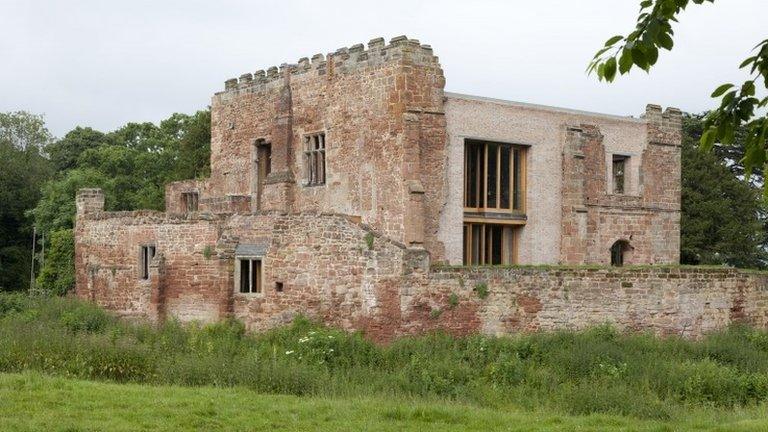Whitworth gallery extension up for Stirling architecture prize
- Published
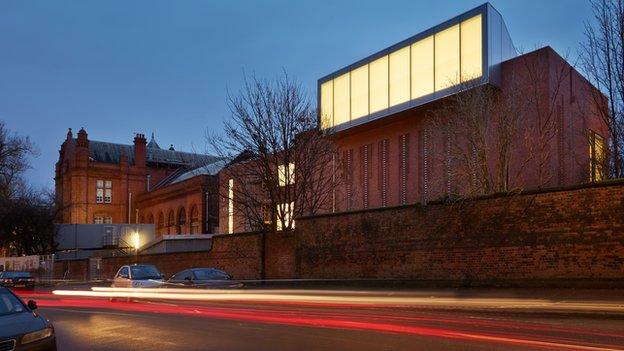
The Stirling Prize judges called the Whitworth extension "a project for all seasons"
The £15m redevelopment of the Whitworth art gallery in Manchester has made the shortlist for this year's Riba Stirling Prize for the UK's best new building.
Described as a "tour de force" by the prize's organisers, the extension saw the gallery win the £100,000 Art Fund prize for museum of the year on 1 July.
The shortlist encompasses housing projects, a school, a university building and a cancer care centre.
This year's winner will be announced in central London on 15 October.
Four of the six shortlisted buildings are located in London, with the final contender in Lanarkshire.
The rebuilt Everyman Theatre in Liverpool won last year's prize, the highest accolade awarded by the Royal Institute of British Architects.
Alongside the Whitworth, this year's shortlist encompasses housing projects, a school, a university building and a cancer care centre.
Jane Duncan, president elect of Riba, will chair the Stirling Prize jury.
She said this year's entries were "careful" and "respectful of their communities" but missing the "flamboyance" of previous years, when the likes of the Shard were nominated.
Riba president Stephen Hodder, who won the inaugural Stirling Prize in 1996, said the shortlisted buildings were all "surprising new additions to urban locations".
"In the shortlist we have six model buildings that will immeasurably improve the lives and well-being of all those who encounter them," he continued.
The buildings, he said, were "well-executed... both internally and externally" and "game-changers that other architects, clients and local authorities should aspire to."
The six shortlisted buildings are as follows:
Burntwood School, Wandsworth by Allford Hall Monaghan Morris
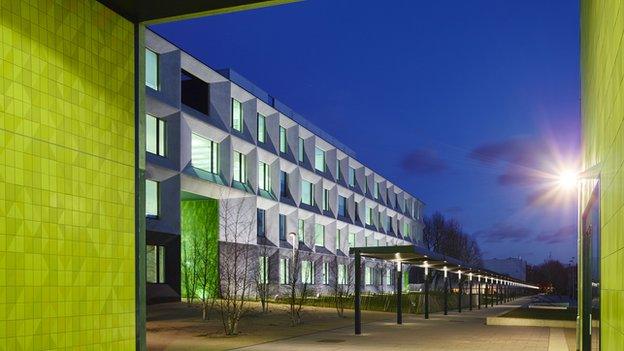
Built for Wandsworth Borough Council at a cost of £40.9m, Burntwood School is one of the final projects to be developed under the Building Schools for the Future scheme that was established by the Labour government in 2004 and axed by the Coalition government six years later.
According to the Stirling prize judging panel, the scheme "may have been based on a wasteful methodology but... did have at its heart a desire to improve the fabric and learning environments of all our schools".
The judges said "the relationship between the new concrete buildings and the older buildings adds a sense of architectural history and depth to the whole site".
"The architectural expression throughout is bold, characterful and adds to a sense of this being more like a university than a school."
Darbishire Place, E1 by Niall McLaughlin Architects
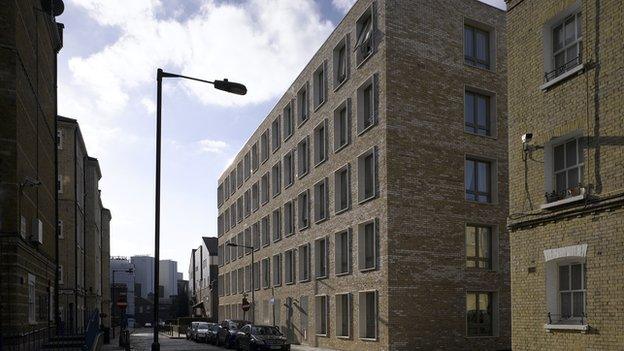
Built for the Peabody Trust, this 13-home apartment building is one that "oozes care" according to this year's judges.
The £2.3m building, the judges said, is "a brilliant piece of urban design" with "pale honey" bricks that give the work "so much more character".
The panel singled out the building's stairwell for praise, suggesting residents "must feel a million dollars, like stars on an ocean liner" as they encounter its "graceful curves" and "elegant swooping hand-rail".
Maggie's Lanarkshire by Reiach and Hall Architects
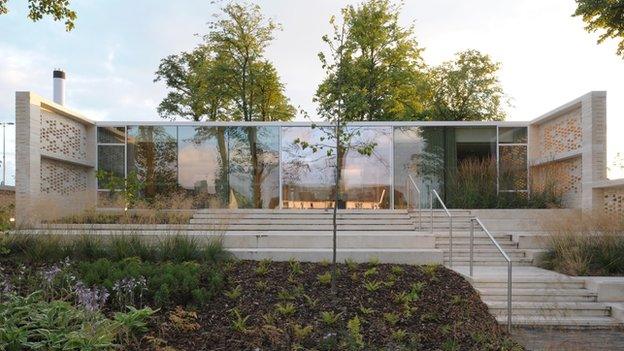
Built for the Maggie's cancer charity for £1.8m, the only shortlisted building not in England is described by this year's judges as "a truly memorable addition to a noble tradition of specialist health buildings".
The structure conveys "a sense of dignity and calm" and has a "surrounding perforate wall of hand-made Danish brick" that offers "a degree of separation" from the nearby Monklands Hospital.
The judges suggested the building's largest room might prove particularly suitable for "big groups of... stubborn working-class men who find it hard to talk about or even admit to their problem".
Another centre built in west London by the charity, which offers support to people with cancer as well as their families and friends, won the Riba Stirling Prize in 2009.
NEO Bankside, SE1 by Rogers Stirk Harbour and Partners
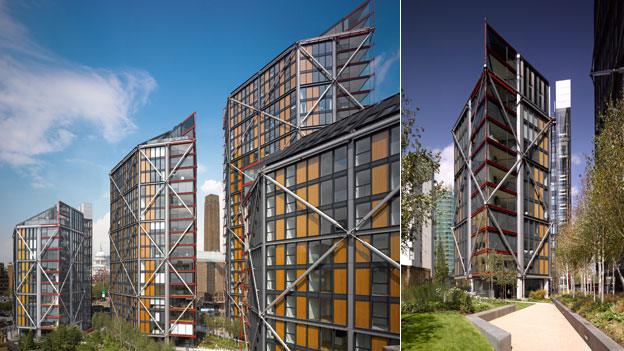
Built for £132m, the NEO Bankside development is "a group of exquisite towers" behind the Tate Modern gallery in London that is, according to this year's judges, "a well-mannered example of a structurally expressive architecture".
Praising its "intricate weaving of public and private space", the judges said the un-gated luxury development offers "seductive.... high-quality housing you would be unlikely to see elsewhere in the world".
"Overall the scheme has a scale and a richness that is appropriate... to this important part of London," the panel continued.
University of Greenwich Stockwell Street Building, SE10 by Heneghan Peng architects
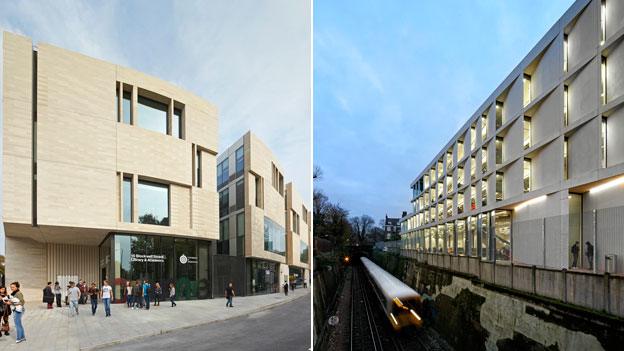
Built for the University of Greenwich, the shortlisted building houses the institution's main library as well as its architecture, landscape and arts departments.
The Stirling judges praised the £38.9m development's "frisky gravitas", its "remarkable" acoustics and windows that had been "carefully considered to take advantage of key views, vistas and reflections".
The end result, they concluded, was "a very public university building... that will inspire future generations of architects" as well as "a startling building to put in [a] Unesco World Heritage Site".
The Whitworth, Manchester by MUMA
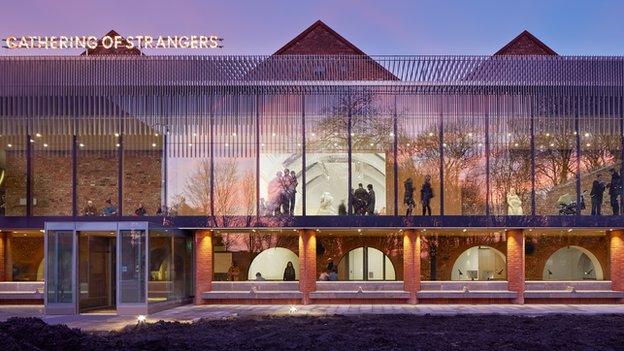
The Whitworth, part of the University of Manchester, underwent the largest physical transformation in its 125-year history in 2014 with a project that doubled the gallery's size and connected the building with its surrounding park.
According to the judges, "the new architecture emerges quite seamlessly as an integral yet individualistic part of the whole assembly."
Two weeks ago, the Whitworth was named Museum of the Year, with judges saying the redeveloped institution had "cemented its place at the centre of the cultural national stage".

Analysis: Will Gompertz - Arts editor
The six shortlisted designs all adhere to the modernist mantra that form must follow function. There's no room for baroque flamboyance or arts and crafts individualism. From the Burntwood School in south London to the Maggie's Cancer Care centre in Lanarkshire - clean lines, geometric forms, and plate glass are the order of the day. No fuss, no nonsense.
The steel braces that form the external diagonal grids on a group of luxury housing blocks situated near Tate Modern are about as flamboyant as any of the designs get. Restrained elegance abounds. A new university building in Greenwich and a social housing development in east London - clad in stone and brick respectively - both feature sober facades punctuated by recessed windows.
Perhaps the most striking design is the glass and brick extension to the Whitworth gallery in Manchester, which has transformed an institutional-looking building into a modern, bright visitor attraction. It'd get my vote.

More on the Stirling Prize
Architects must be Riba members to be in the running, and the building anywhere in the EU
Working in partnership with Riba, BBC News will run a series of videos on the shortlisted buildings later this year
Find out more about the BBC's coverage of the 2014 Stirling Prize

- Published2 July 2015
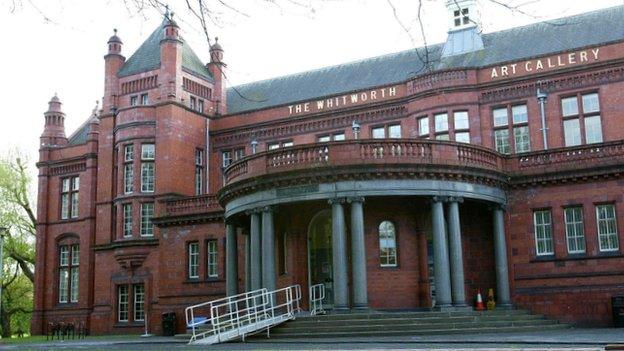
- Published16 October 2014
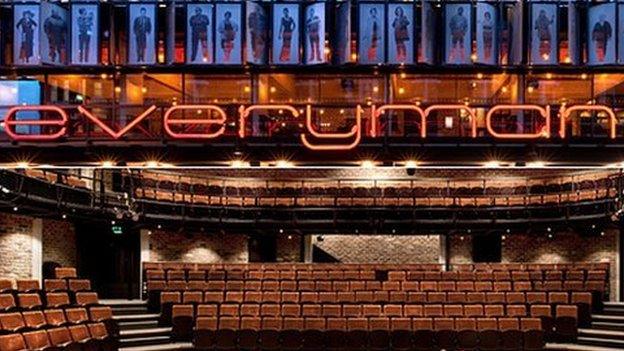
- Published26 September 2013
